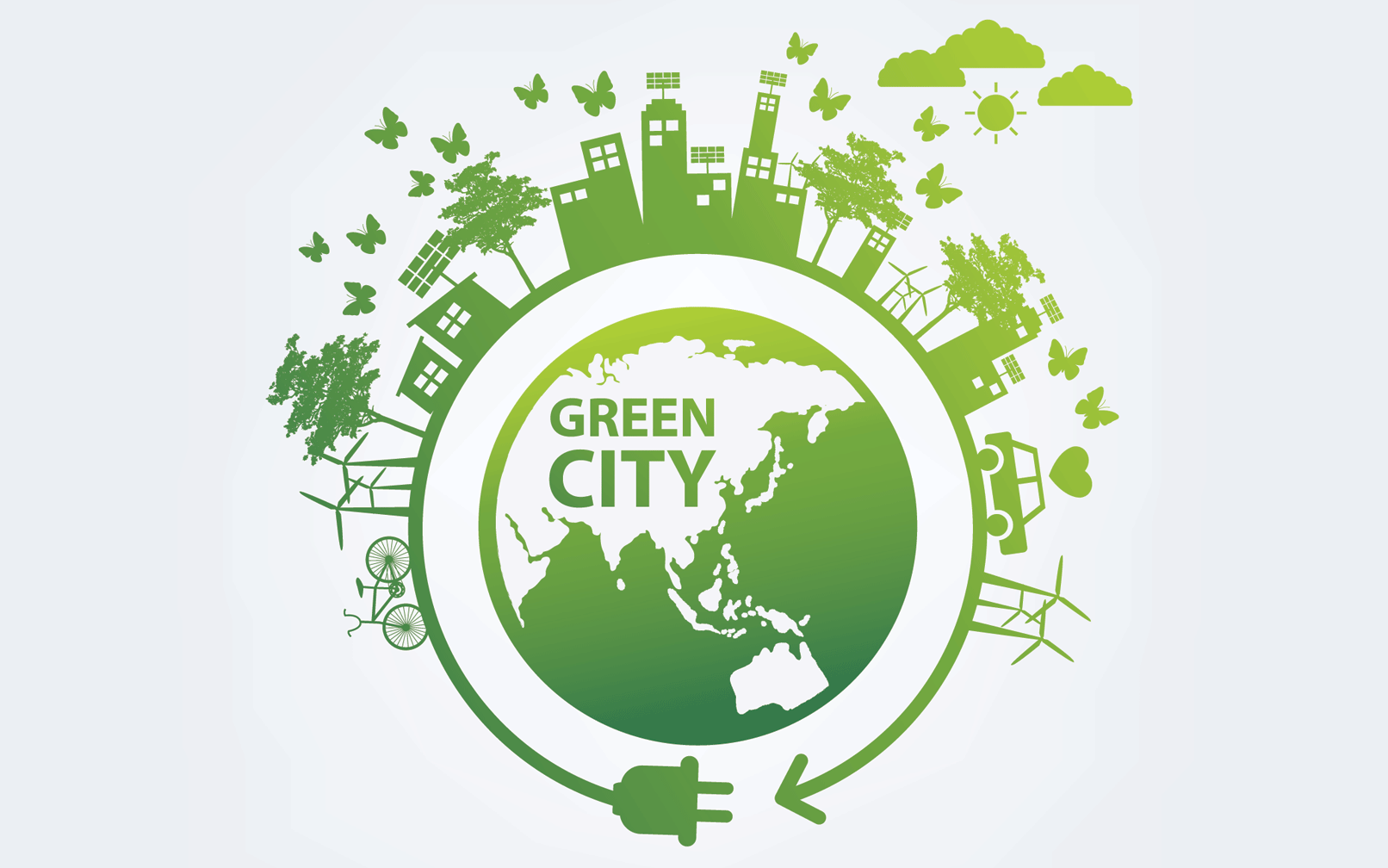LEED Certification is the leading standard when it comes to green buildings in the United States. Based on the amount of points you receive you will be granted a different LEED rating level. The four levels include: Certified, Silver, Gold and Platinum. In order for a building to be considered LEED-certified it must be efficient in its use of materials during construction and maintenance into the future.
In order to earn points you have to meet credit qualifications, which include things like using less water and energy, as well as limiting greenhouse gas emissions. Overall, the goal is to decrease negative impact on the environment. Buildings that apply and meet LEED standards are rewarded in two big ways. First, through the prestigious certification, and secondly through lower monthly bills and maintenance costs.
LEED credits and points are determined based on 4 things:
- How a building is planned
- How a building is constructed
- How a building is maintained
- How a building is operated
How To Earn More LEED Points
In order to understand how to earn the most possible LEED points it’s important to understand the difference between perquisites, credits and points. Each plays a role in the overall application process, as well as how many points your project is eligible to earn.
Prerequisites
In order for a project to qualify as Certified LEED it must first meet a series of prerequisites. These prerequisites are not grounds for earning more points, but instead are the foundations for earning any points at all.
Projects have the opportunity to pick and choose which credits they apply for. But all projects must meet the basic standards for LEED, which includes creating a structure that is healthier and more productive than a “standard building.”
Some examples of mandatory prerequisites include:
- Minimum indoor air quality performance
- Environmental tobacco smoke control
- Storage and collection of recyclables
- Construction and demolition waste management
- Located in permanent location on existing land
- +Many more
LEED Credits
Credits are what set your building apart as an individual. You have the option to pick any credit you want to pursue based upon the type of project you are working on. You pick credits that apply to your project, as there are a wide variety of options.
Different credits offer different point values, for instance if you want to apply for the Credit ‘Advanced Buildings New Construction Guide’ you can earn up to 10 points. If you apply for the credit ‘Alternative Energy Performance Metric’ you could earn up to 21 points. ‘Assessment and Planning For Resilience’ is worth just 1 point, as are credits ‘Passive Survivability’ and ‘Functionality During Emergencies’.
Another construction requirement you must meet to earn correlating points is ‘Pollution Prevention’, which relates to reducing pollution caused by construction. As well as soil erosion, waterway sedimentation and airborne dust.
Another credit is the ‘Sensitive Land Protection,’ which avoids the development of environmentally fragile lands and reduces the impact a project has on the environment.
The type of building and project you are working on will factor into which credits you apply for. Knowing which credits are available is key to earning as many points as possible. You can see a complete breakdown of all possible credits and their corresponding points here: http://www.usgbc.org/credits
LEED Points
The more points your project earns the higher the LEED rating your project scores. The different points you can earn are based on a variety of things, including building a healthier space, and conserving energy and water.
The points and level ratings go as follows:
Certified = 40-49 points
Silver = 50-59 points
Gold = 60-79 points
Platinum = 80+ points
Latest Version Of LEED v4
LEED v4 is the latest type of LEED certification for building projects around the world. The point of this new type of certification is to create an easier application process thanks to added flexibility.
LEED v4 is focused on:
-Materials: What materials does a project rely on and what impact do these materials have on public health and the environment?
-Performance-based: Does the building take on a performance-based approach when it comes to creating a quality indoor environment that utilizes less energy and increases occupant comfort?
-Smart grid: Does the project promote smart grid thinking? Projects are rewarded for utilizing in demand response programs.
-Water efficiency: Is a complete analysis of overall water usage used to improve water efficiency?
Learn more about LEED v4 here: http://www.usgbc.org/leed-v4
Go Green With TerraCast
Every decision you make will impact the amount of LEED points you are able to earn, as well as determine if you qualify for any points at all. We use green practices, recycled materials and create long-lasting products that stand the test of time. For those reasons and many more, our one-of-a-kind products are approved for use on LEED Certified projects.

